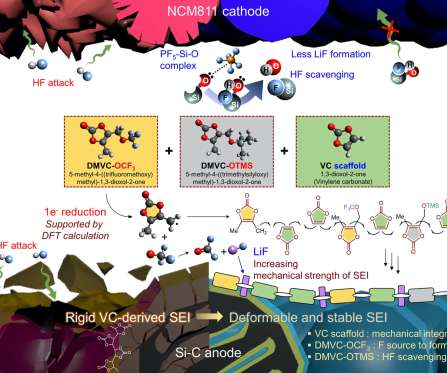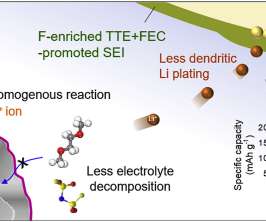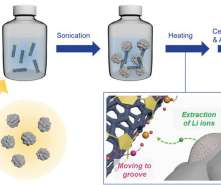UNIST team develops new electrolyte additive for high-energy-density Li-ion batteries
Green Car Congress
FEBRUARY 15, 2021
Researchers at the Ulsan National Institute of Science and Technology (UNIST) in Korea have developed an innovative electrolyte additive that enables a high-energy-density Li-ion battery to retain more than 80% of its initial capacity even after hundreds of cycles. O 2 cathodes. O 2 cathodes. capacity retention after 400 cycles at 1?

































Let's personalize your content